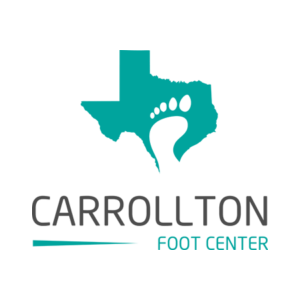Achille’s Pain
At Carrollton Foot Center, we provide comprehensive treatment options for Achilles’ pain that prioritize conservative, non-invasive interventions before considering more invasive treatments. Our goal is to alleviate pain, reduce inflammation, and promote healing of the affected area, while also addressing any underlying biomechanical issues that may be contributing to the pain.
We begin with conservative treatment options, which may include physical therapy, NSAIDs, the RICE protocol, immobilization in a CAM walker, and orthotics. Physical therapy is a tailored exercise program designed to improve strength, flexibility, and range of motion in the affected area. This therapy can reduce pain and inflammation, prevent further injury, and improve overall function and mobility.
NSAIDs are a common medication used to alleviate pain and inflammation in the affected area. Our providers may recommend this medication based on the severity and underlying cause of the Achilles’ pain. We always recommend consulting with a healthcare provider before taking NSAIDs.
The RICE protocol is another effective treatment option that we use for Achilles’ pain. This protocol involves resting, icing, compressing, and elevating the affected area. Resting the area helps to avoid activities that may worsen the injury. Applying ice or a cold compress can reduce pain and swelling. Compression can help to reduce swelling and provide support, and elevating the affected area helps to improve blood flow.
We also may immobilize the affected area in a CAM walker, which is a type of walking boot. This helps to stabilize the area and prevent further injury. Immobilization can be particularly helpful in cases where weight-bearing activities exacerbate the pain.
Orthotics are another treatment option that we offer to address any underlying biomechanical issues that may be contributing to the pain. Orthotics are customized shoe inserts that help to redistribute pressure and force on the affected area, improve alignment, and reduce stress on the Achilles tendon.
If conservative treatments are unsuccessful, we may consider more invasive interventions such as surgical repair or injections of platelet-rich plasma (PRP) or amniotic fluid. However, these treatments are reserved for severe or chronic cases that do not respond to conservative interventions.
Overall, our approach to Achilles’ pain treatment at Carrollton Foot Center prioritizes conservative treatments to alleviate pain, reduce inflammation, and promote healing. We work closely with our patients to develop customized treatment plans that address their individual needs and goals. Our goal is to help our patients achieve optimal pain relief, function, and mobility.


